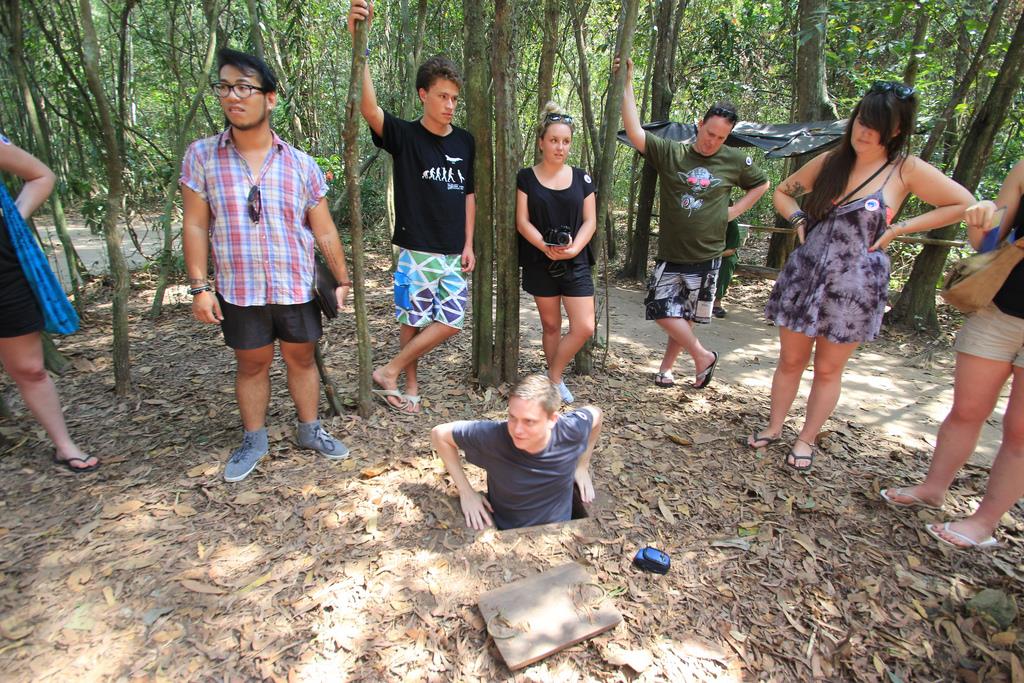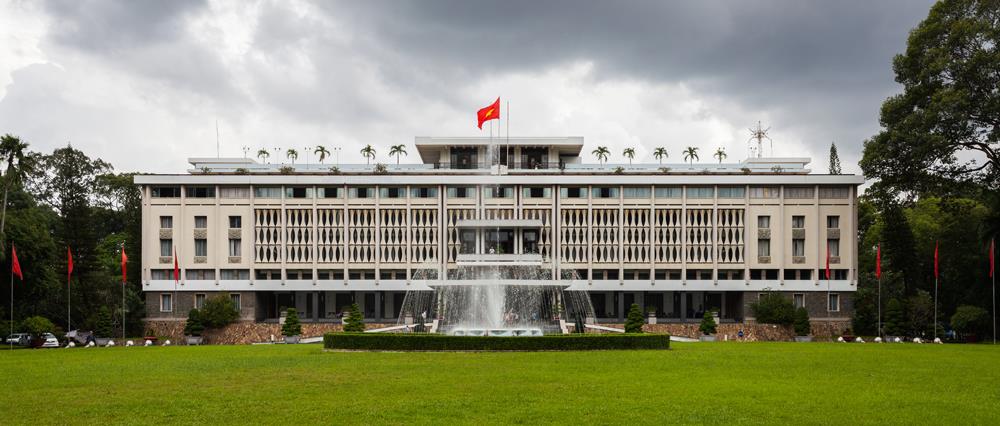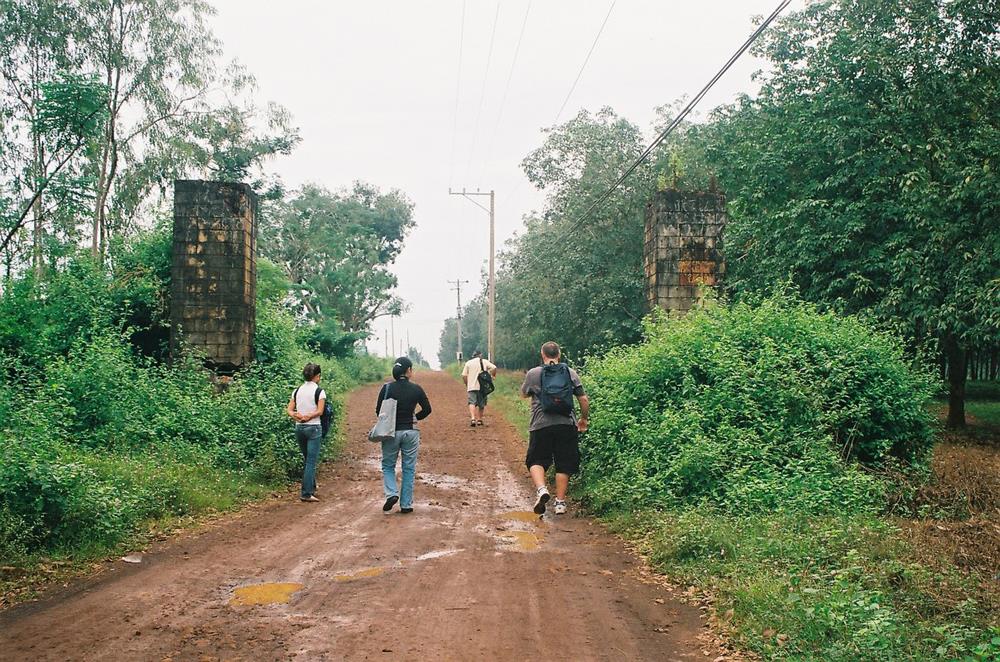I visited Vietnam – an S-shaped country – for many times. For each time of visit, different experiences were left on my mind. Vietnam has many beautiful attractions, however, in this trip, I was more focused on the history of Vietnam. I was very impressed by Southerner people who have always been friendly, optimistic and hospitable. Along with the pace of the modern life, the South of the country remains its own tradition through a lot of battle sites. And visiting historic war sites in the region may be both emotional and educational.
The Vietnam War has had a major impact on millions of people’s lives. So, discovering these sites was indeed a memorable part of my trip to Vietnam, particularly the South. Whether you are a history buff, or you just satisfy your curiosity, just keep these 4 historic war sites in mind while making a trip to Vietnam.
The 2 places I’m talking about in this post are located inside Hochiminh city, so make sure you also check the top 10 places to visit in Saigon as well to make your trip complete.
The Best Vietnam Battlefields and War Tours You Can Visit
#1. Cu Chi Tunnels

Model of Cu Chi
I spent half of a day visiting Cu Chi Tunnels – one the well-known war sites in Ho Chi Minh City. Located about 70 kilometers from the city’s center, the network is where you can learn more about how the Southerners lived and battled during the hardship of wars.
With the 200 kilometers in length, the underground complex became legendary, thanks to its significant role in the fierce battle. At that time, it was fully functioning as an underground city where storage facilities, living quarters, weapons factories, hospitals, command centers, and kitchens were built for thousands of Viet Minh and Viet Cong fighters.
Crawling into these fascinating underground tunnels was indeed an unforgettable experience that I still remember today. The entrance fee for foreigners was around VND 90,000. The complex was so dark, damp, and narrow that I wondered whether I could fit in its branch or not. Every time I moved forward, the surrounding walls came closer and closer. It is authentically unimaginable how Vietnamese could live and fight here for months. And reaching to the surface was surely my victory. The highlight of this network might be the shooting area. I tried playing with some guns with reasonable costs. For me, exploring Cu Chi Tunnels is just suited to those who like something thrilling and adventurous!

A tour at Cu Chi Tunnels
#2. War Remnants Museum in Hochiminh city

War Remnants Museum
Before arriving in War Remnants Museum, I just kept in mind that this was an uncomfortable but essential visit. It is where people can learn more about the pain and scars of Vietnamese people through touching photos and horrific video clips. Further, evidence for the effects of Agent Orange and Napalm after the war is also evident by images.
I paid VND 15,000 to enter the museum. Its exterior was filled with military vehicles and equipment, while the yard was cluttered with helicopters, fighter jets, artillery, tanks, boats, etc. Walking upstairs, I realized that the museum has many rooms dedicated to the atrociousness committed by Americans during the war, such as mass killings of the locals, Agent Orange, and its effects. A combination of quotes, photographs and statistics have been combined to emphasize one important point that the war was devastating Vietnam.
For me, the worst aspect of the museum was a room, describing birth defects caused by Agent Orange. This room consisted of photos about babies, dead fetuses and children with shocking birth defects and abnormalities. Once leaving the room, I sat for a while and wondered whether or not I might handle the rest of the museum. How painful!
#3. Reunification Palace (Independence Palace)

Independence Palace
Reunification Palace, or formally known as Independence Palace (or Dinh Độc Lập in the Vietnamese language) in Ho Chi Minh City, becomes a must-see place for students and history lovers to know more about the Vietnam War. In the past, the building mainly served as an administrative and logistical center.
During the fall of Saigon (30/04/1975), a Vietnamese Army tank crashed through its gates. And this event has become a symbol of the reunification of the S-shaped country under the Communist banner. Nowadays, the palace is one of the major tourist attractions for domestic and international tourists to come. Sometimes, it is also used as an administrative building for both meetings and special events.
The palace was very crowded and chaos when I visited. There was an endless stream of Vietnamese student groups and international visitors here. After paying VND 30,000 for my ticket, I passed through the entrance gates to this historic site. Like other museums in Saigon, the outside grounds have displayed military equipment, i.e. tanks and airplanes.
In total, there were 6 floors here to explore. Once inside, rooms have been attached with old war maps which were strategic offices during the battle. I visited guest quarters, dining rooms, a game room, and a cinema, and recognized that they were all clean and spacious. The atmosphere was lively and busy!
#4. Long Tan Nui Dat Battlefield

Nui Dat Battlefield
During a day of journey to Vung Tau, I had a great chance to visit the Long Tan Nui Dat Battle Field, which has been a famous relic area and an ideal destination for visitors at homelands as well as on nationwide. Long Tan Battle gets its name famous and widespread as the greatest and most favorite fight of Australian Army during the Vietnam War.
The clash between Australian fighters and PLAF (People’s Liberation Armed Forces of South Vietnam) took place on both 18th and 19th, August 1966 in a nearby rubber forest at Long Tan commune, Vung Tau.

After 3-hour-drive from Saigon, I reached Long Tan Commune, Dat Do District, Ba Ria – Vung Tau Province. Nui Dat SAS Hill was my first stop-over. At that time, I feasted my eyes on the helicopter parking, soldiers’ camping areas, etc. Then, I came to the rubber forest and passed through Mong Ngua Mountain – the shelter of Vietnamese soldiers in the past.
Next, I continued my trip in Long Tan Cross Memorial where I was dazzled by images of the Vietnamese and Australian soldiers who sacrificed their lives during the battle. Long Phuoc Tunnels was my last stop. I advise you to hire a guide or book a tour since you could feel confused if it is your first-time experience.
About The Author:
This article was written by Oliver Nguyen from Viet Fun Travel. His posts often revolve around top tourist destinations and national culture of Vietnam and Southeast Asia areas. In addition, he also shares authentic experience from his trips.

